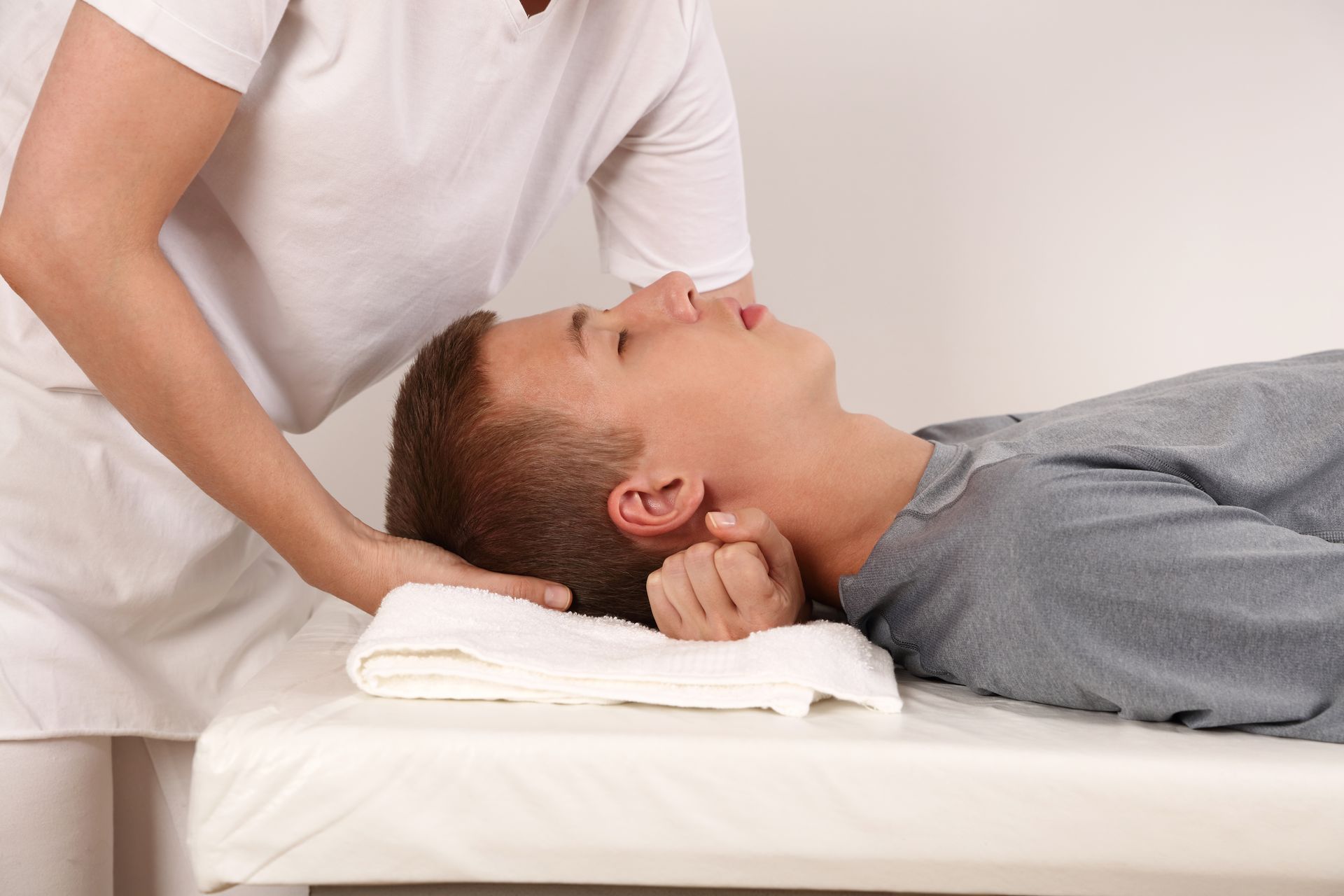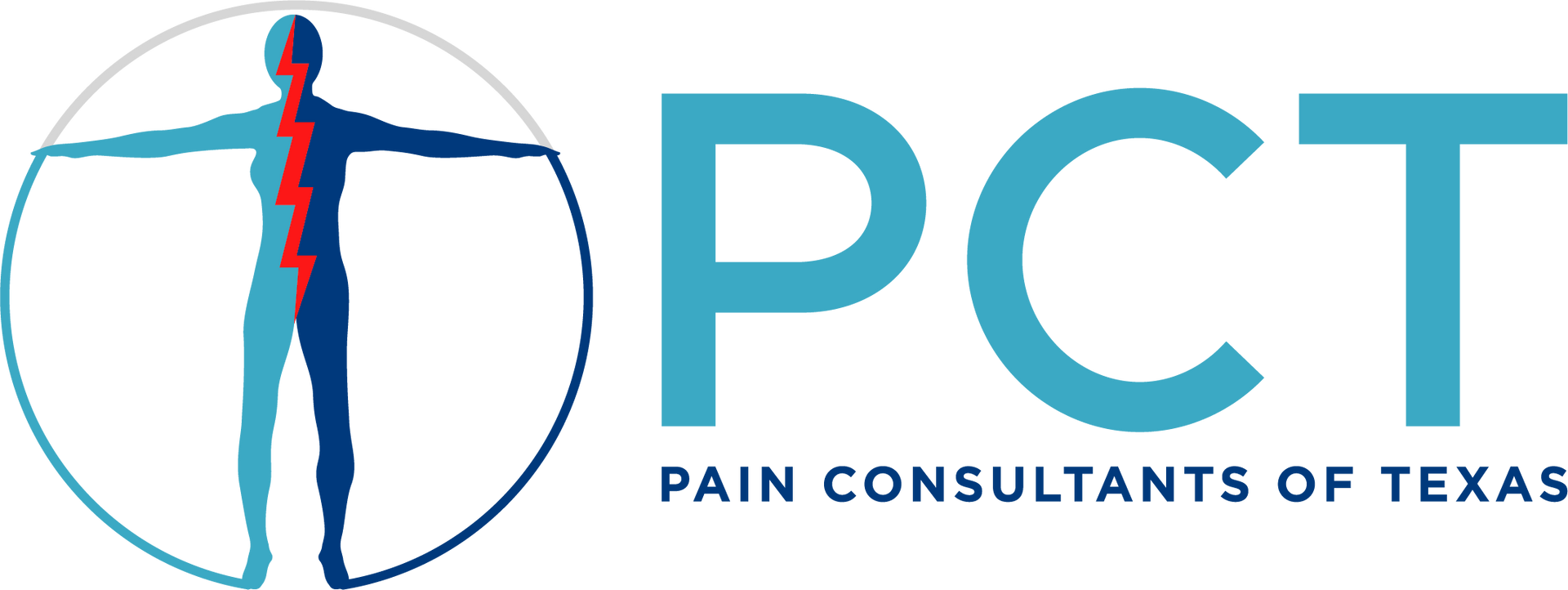Cervical Stabilization
Who Needs Cervical Stabilization?
Cervical stabilization can help many people who suffer from neck pain and headache. It can both reduce pain and prevent further injury.
When you move, specific muscles automatically contract to protect your neck. If you have neck pain or headache, this normal pattern is disrupted, and the muscles either contract late or not at all. Cervical stabilization can help control your neck movement and reduce your pain. If you suffer from long-lasting neck pain, stabilization can reduce the severity of your neck pain and promote healthy cervical spine movement.
What Are Cervical Stabilization Exercises?
Cervical stabilization exercises are different than the simple neck-strengthening exercises many people become familiar with when they workout. The simple neck-strengthening exercises you do at a gym may not improve neck control, and if done incorrectly, can even cause or increase neck pain.
A Cervical Stabilization Program Begins With Four Basic Exercises:
1. Eye Exercises
While holding your head still and looking forward, use only your eyes to look straight down. Hold this gaze for 3 to 5 seconds (secs) and then look up. Repeat this 5 to 10 times (repetitions. - or reps). This exercise. starts deep neck flexor activation. Repeat the exercise looking down. and to the left, and then down and to the right.
2. Deep Neck Flexor Exercise
Using pressure biofeedback device called a Stabilizer™, lay on your back and position your neck over theStabilizerTM, Your therapist will explain how it works. Each rep is held for 5-10 secs and repeated for 5-10 reps.


3. Cervical Flexor Endurance Training
Lie on your back. Then, while keeping your chin tucked, lift your head slightly from the mat. Hold this for 3 secs, and then put your head down and rest for 5 secs. Repeat this 12 times. That
is one set. Do 3 sets, with 30 secs rest between sets. This coordinates the flexors in your neck.
4. Neck Isometrics
Lie on your back or sit. Perform this first with your hand behind your head, and then on each side of your head. Push your head into your hand, but do not let your head move. Hold for 3-5 secs. Repeat for 5-10 reps.9 Do not hold your breath when you do these exercises. Continue to breathe, and use belly breathing, not chest breathing, as you do each one.


When Do I Do the Exercises?
Start doing these exercises as soon as you can, but only as long as they do not increase your pain. Concentrate on good form. The movements will soon become automatic. Also avoid doing anything that puts extra stress on your neck. This includes not only lifting or carrying things, but also sitting slouched, as well as doing anything else that puts stress on your neck for long
periods of time.
How does neck stabilization work?
Cervical stabilization exercises can help heal neck injuries and unhealthy habits, allowing your muscles to return to their important roles. A cervical stabilization program will show you how to use specific muscles to regain control of your neck.
What comes next?
Ask your doctor for a prescription for physical therapy. The physical therapist can work with your doctor to develop a plan tailored to your specific needs, as well as evaluate your condition, identify your weak areas, and then set up a program specifically for you. The therapist will show you how to do the exercises correctly, how to work them into a home program, and how to do them during your every day activities.
Location:
6801 Mcpherson Road Suite 334 Laredo, TX 78041
Phone:
Hours:
Mon - Thu : 7:00am - 5:00pm
Fri : 7:00am - 4:00pm
